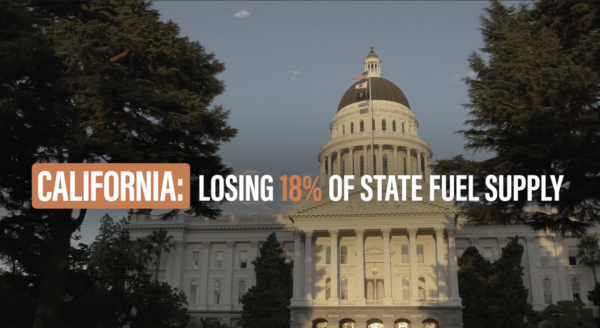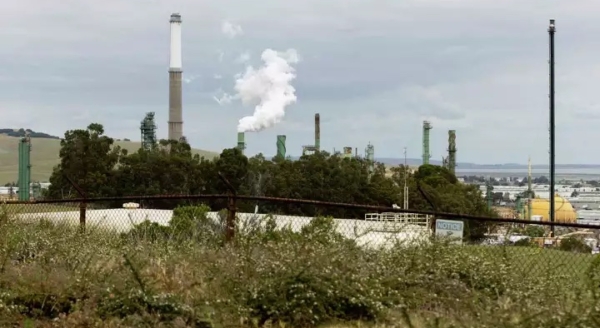Basic economics tell us that prices increase when supply falls short of demand.
In California, the statewide average price for a gallon of gas has routinely breached $4.70 this fall, jumping more than $1.50 since last year.
The same story holds true nationwide: at nearly $3.40, the national average for a gallon of gas has jumped more than 55% over the past 12 months, squeezing the budgets of working families and raising costs across the economy.
Energy prices have skyrocketed throughout the world, signaling a fundamental supply shortage in the marketplace. Demand has increased as economies have continued to recover from the pandemic – but some of the oil that used to be produced and supplied to the market has not returned, resulting in higher prices.
A recent Foreign Policy analysis by Brenda Shaffer, faculty member at the U.S. Naval Postgraduate School, identifies a clear culprit:
“While Secretary of Energy Jennifer Granholm blamed OPEC for high oil prices, the numbers are clear: It is U.S. oil production, not OPEC’s, that is missing from the markets. For that, the Biden administration has itself to blame.”
Indeed, federal data shows that U.S. oil production has fallen almost 20% since the end of 2019. Production has long been on the decline in California, dropping more than 50% since 1985.
While the Biden Administration is hopeful that a 50 million barrel release from the Strategic Petroleum Reserve will help ease the supply crunch, experts question whether the move will have any real impact on the market.
After all, the decline in U.S. production of oil has led to an ongoing shortfall of 54 million barrels per month compared to previous production levels. It will take three months for the SPR release to arrive in full. By that time, the market will be missing a cumulative 162 million barrels of American oil. The one-time release of 50 million barrels from the SPR will not even come close to filling the ongoing supply gap.
In Foreign Policy, Shaffer argues that “what the United States and the world need to solve the energy crisis [is] the return of U.S. oil and gas production.”
But she cautions: Producing oil takes capital, and policymakers’ embrace of a radical anti-production ideology at every level of government has left oil companies and investors uncertain about the wisdom of putting money into American oil and gas.
Instead of providing policy certainty and raising domestic production to ease the supply crunch over the long term, U.S. policymakers have turned to OPEC and Russia, asking foreign adversaries to increase production to ease prices.
In short, this is America’s – and California’s – energy crisis, caused by a disregard for the reality that our economy still largely depends on oil and gas.
Markets – even highly complex ones like global energy commodities – are fundamentally governed by supply and demand. For gas prices to come down in any meaningful way, the supply of oil to the market needs to go up.


